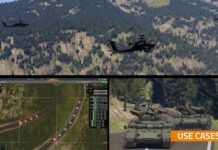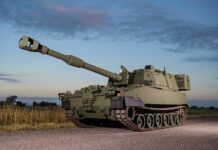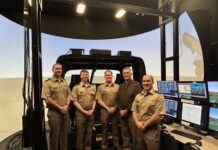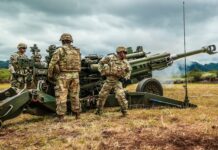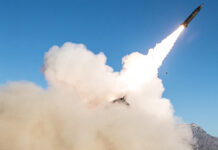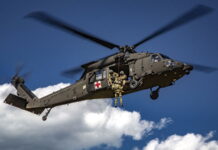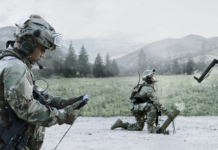During the recent inaugural LANDEURO event, hosted by the Association of the US Army (AUSA) in Wiesbaden, Germany, on 16-17 July 2025, European Security & Defence’s Curtis Hand had the opportunity to speak with the association’s Vice President of Leadership and Education, retired lieutenant general Leslie C Smith.
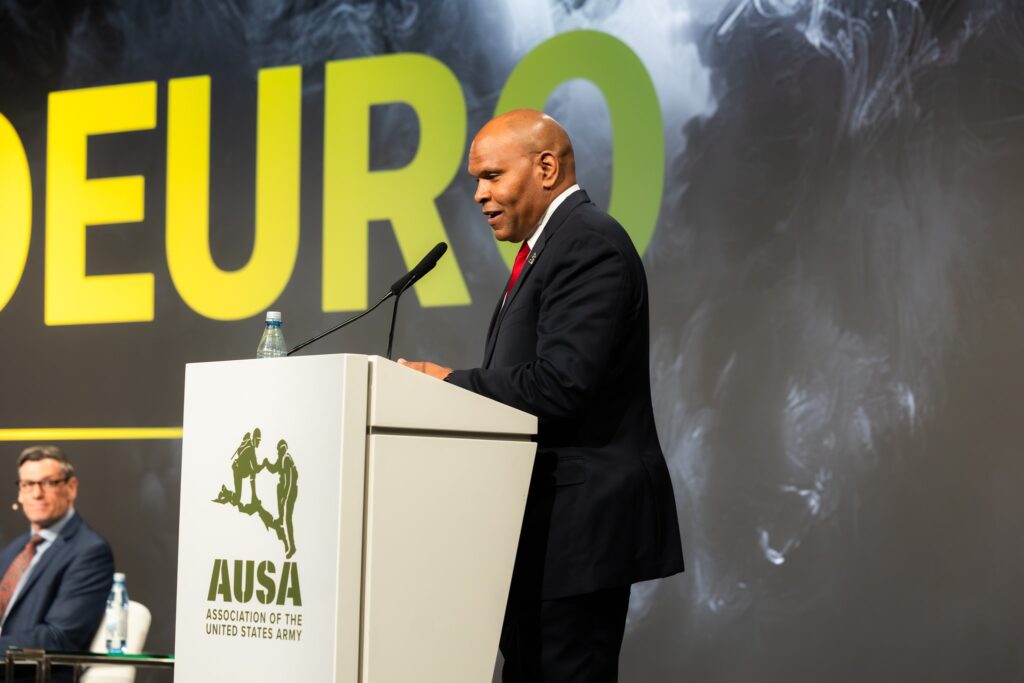
Lt Gen (ret) Leslie C Smith: There are two main reasons: scale and change.
Scale means that as soldiers – commissioned, warrant and non-commissioned officers and junior enlisted alike – progress in their careers, they are responsible for leading increasingly larger organisations. Successfully leading at each level requires both mastery of the cumulative skills gained earlier in their careers and learning new skills. New lieutenants learn how to be effective leaders of small groups and to be tactically proficient at the platoon and company levels. The Intermediate Level Education course prepares majors for leadership at the battalion and brigade levels and begins a mid-career officer’s formal transition into a strategic thinker. The Army War College prepares senior officers for leading on a global scale. You can’t teach that all at once.
Education in the army never stops; there’s always more to learn, including for general officers.
Change is a recognition that the army’s weapons, tactics, organisations, policies and procedures are constantly evolving. Leaders are expected to be both tactically and technically proficient. Formal education is vital to ensuring they are.
ESD: How has the US Army inspired, encouraged and motivated soldiers at various stages in their life to seek and attain personal excellence?
Smith: The army is a meritocracy; it rewards success and professional excellence through promotions and increased responsibility, and it’s an organisation where intrinsic motivation is widespread. While the army certainly uses extrinsic motivators, the most obvious being medals for achievement, the people who will have the most successful careers are self-motivated. That’s something you can’t teach, but you can highlight examples of professional excellence for others to emulate.
‘The people who will have the most successful careers are self-motivated.’
ESD: In which ways does this differ from previous eras of the US Army over the past 250 years?
Smith: The army’s professional military education curriculum and requirements may have become more structured and formalised, especially since Congress passed the Defense Officer Personnel Management Act in 1980, but the army also has always primarily been a place where the cream rises to the top. That law helped by making career paths more predictable – meaning, if I do these things, I will be promoted – but you can’t just ‘check the box’ and continue to rise. You must be good at your job.
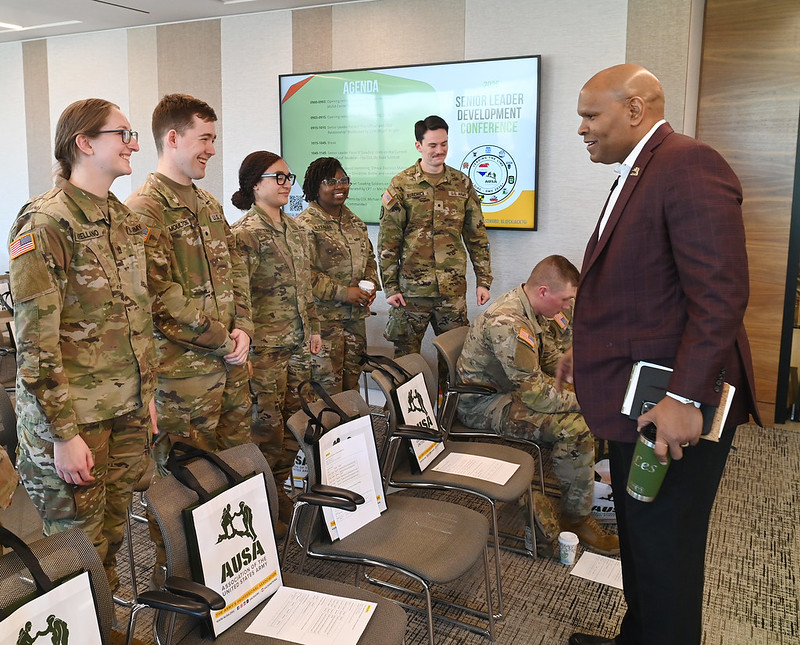
Smith: Personal courage is one of the seven Army Values. The army expects soldiers to possess both physical and moral courage, and it expects leaders to model the behaviour. Leaders lead; they don’t just direct. The infantry’s motto is ‘Follow Me!’, not ‘Go On Ahead’.
Some things are timeless. After he was driven off the crest of Breed’s Hill in 1775, Colonel William Prescott confronted his superior, General Israel Putnam, over the lack of reinforcements. Putnam is said to have answered that he “could not drive the dogs along”, to which Prescott responded, somewhat insubordinately, “You should have led them, General.”
‘Leaders lead; they don’t just direct. The infantry’s motto is ‘Follow Me!’, not “Go On Ahead’.
ESD: Who is today’s soldier, considering the vast resources, time and consideration invested in each member of the US Army family?
Smith: The army is truly a microcosm of America. There is no ‘typical’ soldier. They come from all walks of life, from every part of every state, from every racial, ethnic and religious background. It is the classic American melting pot. Together, they comprise the best trained, best equipped, best led fighting force in human history.
ESD: When is it the most difficult time in a US Army soldier’s service life and how can leadership training and education help remedy this?
Smith: No time in a soldier’s career is more difficult than being deployed to a combat theatre, but the army tells them, “Trust your training, trust your equipment, trust your leaders, trust the soldiers to your left and right and trust yourself.” That trust is built through tough, realistic training, when soldiers learn about themselves and those around them.
ESD: What are the top lessons from the US Army in terms of advanced education and achieving higher performance standards that it can share with NATO Europe?
Smith: The beauty of the NATO alliance is the amount of training the US and its partners and allies do with each other on a regular basis. In just about every US Army school, you will find NATO soldiers and officers sitting side-by-side with their American counterparts, and American students in many European professional military education courses as well. I can’t offer any lessons that European armies haven’t already learned and are actively practising.
ESD: Thank you, sir.





